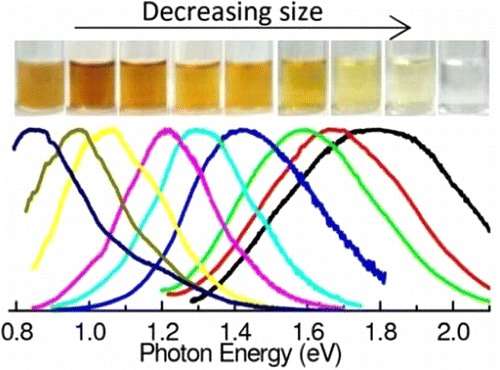Emission peculiarities of high-quantum yield silicon nanoparticles

In 1990, scientists reported that nanostructured silicon can emit visible light. This report opened a new frontier for photoelectronics in information technology, called "silicon photonics". Furthermore, the continuous tuning of electromagnetic emission from near-UV to near-infrared wavelengths has been achieved by controlling silicon nanostructures.
The quantum yield (QY) of this radiation may exceed 70%, and the use of silicon as the emitting material is advantageous because of its abundance and low toxicity to the human body and environment.
These advantages have been expected to stimulate the use of luminescent silicon in various fields; however, commercial applications are still lacking.
In this paper, Ghosh and Shirahata focus on high-QY silicon nanoparticles. It summarizes the peculiarities of their emission, which depends on the preparation method and surface chemistry.
In particular, there are two spectral ranges separated by green light, which can not be smoothly covered using a single synthesis approach. This green boundary is discussed to provide a better understanding of the emission mechanisms.
Those mechanisms are summarized to ascertain the future challenges in the industrial use of silicon-based light emitters. The authors believe that silicon nanophotonics is still in its infancy.
They predict that with high-quality materials of narrow size distribution and controlled surface chemistry in hand, novel photonic structures will be realized in the near future, including biomedical imaging devices, optical amplifiers, sensors, high-efficiency LEDs, and possibly a silicon-based laser.
More information: Batu Ghosh and Naoto Shirahata: "Colloidal silicon quantum dots: synthesis and luminescence tuning from the near-UV to the near-IR range." Sci. Technol. Adv. Mater. Vol. 15 (2014) p. 014207. dx.doi.org/10.1088/1468-6996/15/1/014207 . Article published on 17 January 2014
Provided by National Institute for Materials Science





















